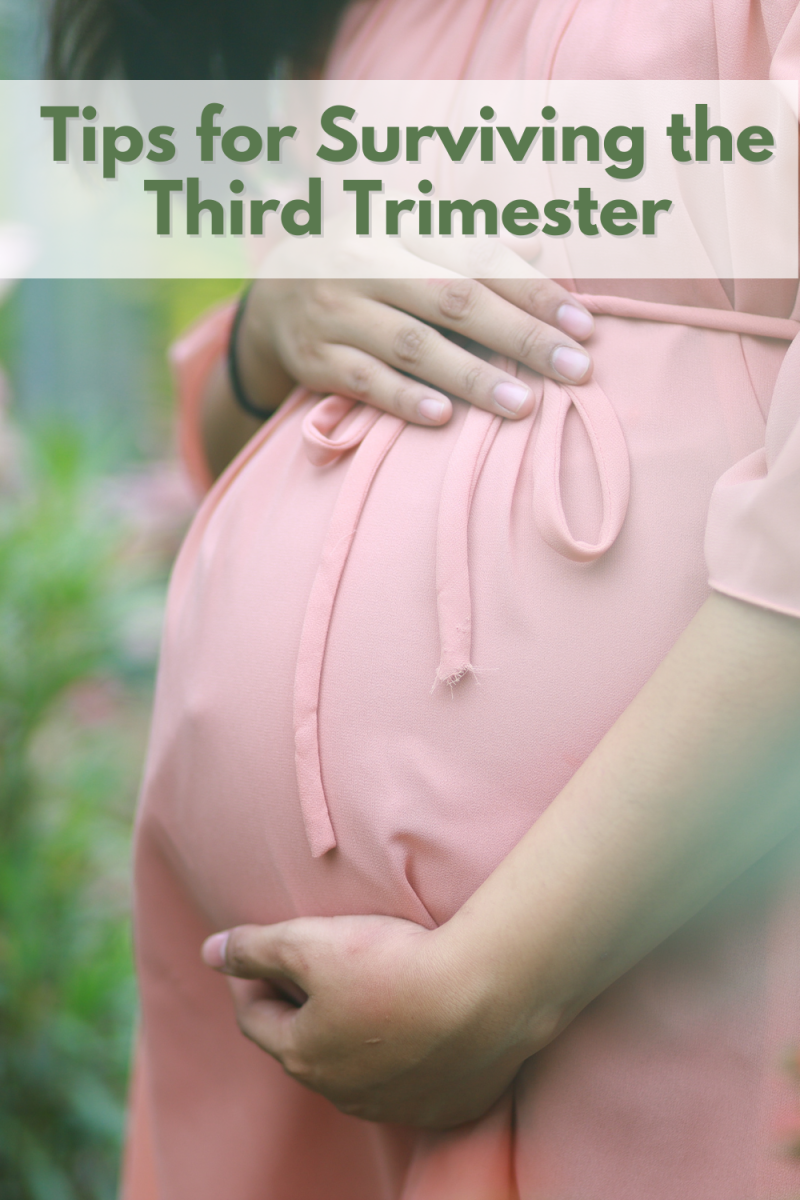Women's Health: Perimenopausal Years

To understand what happens during menopause, think about the changes you experienced during adolescence and pregnancy. There are three life stages that are associated with significant shifts in hormone levels, puberty, pregnancy and menopause. Shifts in hormone levels during each of these life stages are largely responsible for the specific emotional and physical changes that occur.
As with puberty and pregnancy, the effects of the hormonal changes associated with menopause occur over time. As a consequence, the time period of fluctuating hormone levels leading up to menopause, is more accurately referred to as perimenopause. Today, women's health experts recognize that proper care during this period leading up to menopause can effectively minimize symptoms and reduce health risks associated with aging.
Planning for the Transition
Sometime in your late 30's to early 40's, there is a decline in the number of egg-producing cells in your ovaries. As a result, there is a decreased production of the hormones estrogen, progesterone and to a lesser extent, testosterone. This is a natural life change that heralds the close of the childbearing years. As the decline in hormone levels is gradual, physical changes and symptoms may occur before actual menopause, without you realizing what's going on. Preparing yourself for this life change, both physically and mentally, is the best way to ease through this transition.
Over a time period of about ten years, declining and fluctuating levels of these hormones can trigger some of the symptoms or discomforts that are felt during perimenopause. The type of symptoms and degree of discomfort women experience varies. Only about 30 percent of women have symptoms severe enough to seek medical attention. While it is important to continue your regular health care visits during this time, many women can limit most of their symptoms by following a healthy lifestyle.
Common Perimenopausal Symptoms
Menstrual irregularities
| During perimenopause, most women experience some sort of change in their menstrual cycle. Fluctuating hormone levels are largely responsible for these changes. The cycles may be longer or shorter and the menstrual flow may either increase or decline to point of missing a cycle entirely. As menopause nears, ovulation becomes sporadic. The absence of ovulation halts the production of progesterone and may cause longer and heavier periods.
|
|---|---|
Hot flashes and sleep disturbances
| Many perimenopausal woman experience periodic rushes of warmth and perspiration, or hot flashes. Hot flashes often occur at night, and may cause disrupted sleep and irritability.
|
Mood swings and premenstrual syndrome (PMS)
| Fluctuating hormone levels can precipitate or worsen PMS-like symptoms, such as depression, irritability, bloating and breast tenderness.
|
Diminished Fertility
| During perimenopause, sporadic ovulation reduces your ability to conceive. A word of caution though, pregnancy is still possible until you have missed 12 consecutive menstrual cycles. Menopause, or the end of childbearing, is confirmed only when there is an absence of menstrual periods for one year.
|
Decreased sexual interest
| Some women have problems with diminished sex drive. Several factors, such as fatigue from sleep disruption, vaginal changes and diminished testosterone levels, may account for this.
|
Vaginal and bladder changes
| Low estrogen levels are associated with loss of normal tissue structure and lubrication of the vagina and urethra. These structural changes may contribute to uncomfortable intercourse, urine leakage and urinary tract infections.
|
Body and skin changes
| Other changes associated with lowered estrogen levels include thinning and loss of elasticity of the skin and accumulation of body fat around your abdomen and waist.
|
What to Watch Out For
Aside from the physical discomforts associated with diminishing hormone levels, there are a few health risks to watch out for. Irregular cycles and changes in menstrual flow are normal during perimenopause. However there are a few circumstances of irregular bleeding that warrant investigation.
Notify your health care provider if:
- Menstrual bleeding is continuous and extremely heavy;
- Your menstrual cycles occur less than 21 days apart;
- Bleeding lasts longer than 10 days or occurs between periods.
Declining estrogen levels may cause you to begin losing bone more quickly than you replace it, increasing your risk of osteoporosis. Women naturally have lower cholesterol and less risk of heart disease than men, that is until they enter perimenopause. When a woman's estrogen level declines, she can develop unfavorable changes in blood fats, including high cholesterol and triglyceride levels, which puts her at an increased risk of cardiovascular disease.
What You Can Do
There are a number of steps you can take to reduce the symptoms and health risks associated with perimenopause.
- Be conscientious about your diet. Due to the added risks of osteoporosis and cardiovascular disease, a healthful diet is more important than ever. Concentrate on eating a low fat, high fiber diet that's rich in fruits, vegetables and whole grains. Regularly select calcium-rich foods so that you can get the recommended 1,000 to 1,500 milligrams per day. Some find that diets which include soy products helps to relieve symptoms of hot flashes, maintain bone strength and lower cholesterol.
- Stay active. Regular physical activity should be at the top of your 'to-do' list. Physical activity is a great way to keep your weight down and reduce body fat. In addition, it improves cardiovascular function, maintains bone strength and lifts your mood.
- Protect your body. Avoiding the ill effects of such things as tobacco and cigarette smoking, recreational drug use and alcohol can dramatically reduce your overall health risks, especially during perimenopause and beyond.
- Manage Your Stress. Practicing stress reduction techniques such as meditation and relaxation, on a regular basis helps to reduce irritability, improves sleep and helps keep you on an even keel.








